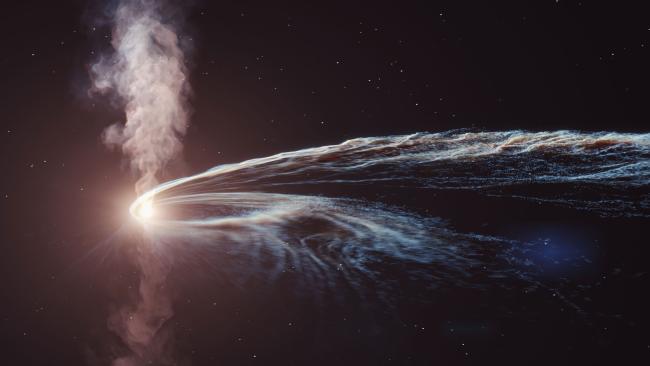
Astronomers have observed a black hole burping up stellar remains years after it shredded and consumed the star. In October 2018, a small star was ripped to shreds when it wandered too close to a black hole in a galaxy located 665 million light years away from Earth. Though it may sound thrilling, the event did not come as a surprise to astronomers who occasionally witness these violent incidents while scanning the night sky.
But nearly three years after the massacre, the same black hole is lighting up the skies again — and it hasn’t swallowed anything new, scientists say.
“This caught us completely by surprise — no one has ever seen anything like this before,” says Yvette Cendes, a research associate at the Center for Astrophysics | Harvar...
Read More







Recent Comments